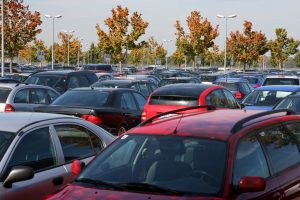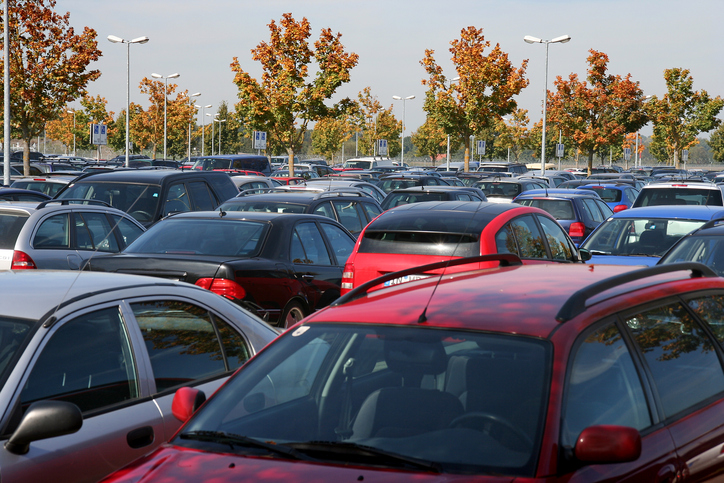
It’s not uncommon for dealers to make buying decisions that can lead to an overstocked lot or an inventory surplus. Though this might seem like a good problem to have, an inventory surplus can lead to too much aged inventory and constricted cash flow. What are some actions dealers can take to rebalance their lots?
Reevaluate Purchasing Decisions
An inventory surplus can begin with a dealer’s purchasing decisions. Stocking the right inventory depends on a dealer’s ability to judge what type of inventory is best for their particular market. What types of vehicles are potential customers looking for? What type of inventory are customers researching online before they do an in-person dealership visit? If there’s a mismatch between the type of inventory being bought and the type of inventory that sells, a dealer would be wise to adjust their buying strategy.
Create an Aged Inventory Exit Strategy
Keeping aged inventory can tie up dealership cash flow. In order to free up cash flow and ensure vehicle sales, it’s important to create an aged inventory exit strategy. Every inventory exit strategy will differ from dealer to dealer. However, to start it would be wise to consider your strategy for different inventory age points, individual unit breakeven points, and places to get rid of aged inventory. For example, one dealer’s rule -of-thumb could be that when a unit hits the 30-day mark the vehicle price is routinely lowered until it is sold. This helps to maintain web and foot traffic, and in addition helps to keep the inventory on the lot fresh.
Sell Extra Inventory
Keep note of different places to dispose of aged inventory. Don’t just let inventory depreciate on dealership lots. Units that sit and don’t sell take up space and limits room for units that will drive profits.
Instead, sell those aged inventory units at auction. Some dealers will put off this decision in the hopes of avoiding a perceived loss. However, sometimes taking a small loss at auction is often better than leaving a depreciating vehicle on the lot.
Finally, dealerships need to invest more time and effort into building their local dealer network. This network can help to move around inventory to keep dealership lots fresh and interesting to buyers. It also helps ensure that space isn’t being taken up by the wrong vehicles.
Avoiding inventory surplus means dealerships have a balance of inventory and cash flow, fewer aged vehicles and less money tied up in the wrong cars. Making the decision to let go of extra units and aged inventory is a key step to take to ensure profitability of any dealership.



